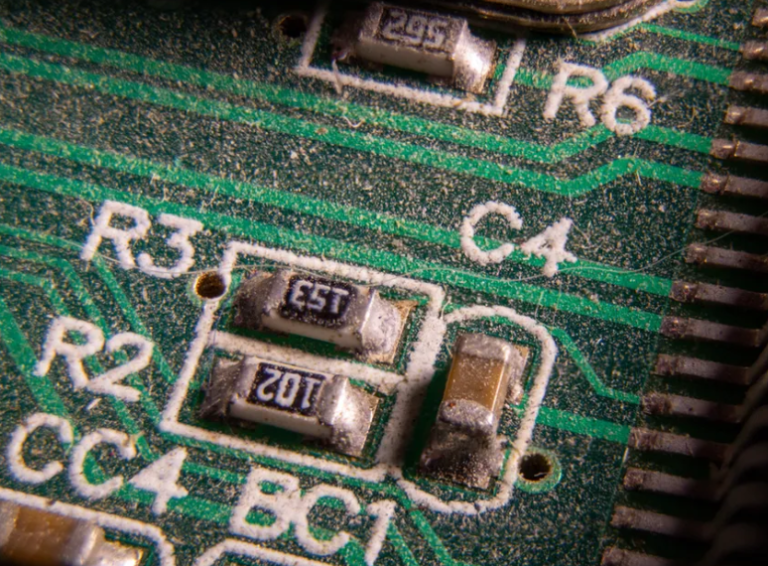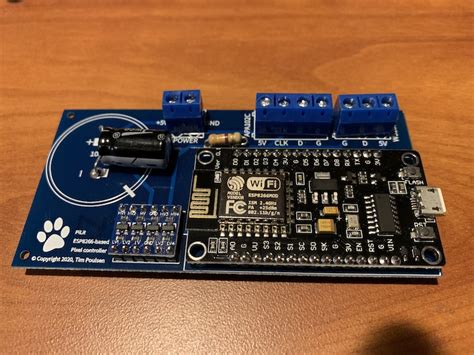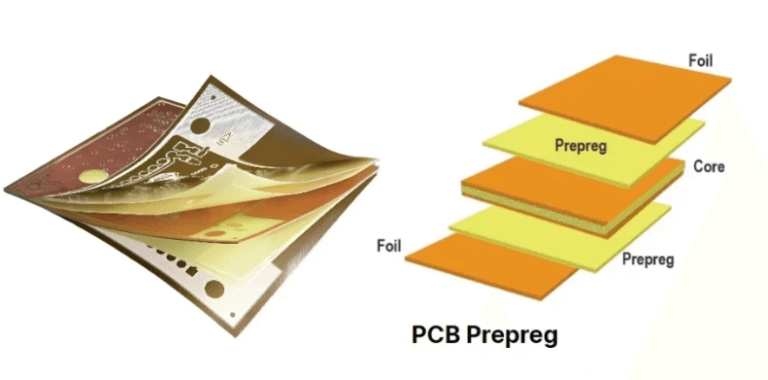The Impact of PCB Surface Roughness from Different Manufacturers on Signal Integrity
Abstract
This paper investigates how variations in PCB surface roughness from different manufacturers affect signal integrity in high-speed digital and high-frequency analog circuits. As data rates continue to increase in modern electronics, with many interfaces now operating in the multi-gigabit range, the influence of previously negligible factors like copper surface roughness has become significant. We examine the physical mechanisms through which surface roughness impacts signal propagation, present measurement data from various manufacturers’ PCBs, and provide guidelines for selecting appropriate surface treatments based on application requirements.
1. Introduction
Printed Circuit Board (PCB) manufacturing involves multiple processes that affect the final surface characteristics of copper traces. While most attention in signal integrity analysis traditionally focused on dielectric properties and trace geometry, the electronics industry has recently recognized surface roughness as a critical factor affecting loss characteristics, particularly at frequencies above 1 GHz.
Different PCB manufacturers employ varying approaches to copper foil production and surface treatment, resulting in significantly different roughness profiles. These differences manifest in the electrical performance of high-speed channels, sometimes creating unexpected losses or impedance variations that challenge modern high-speed designs.

2. PCB Surface Roughness Fundamentals
2.1 Definition and Measurement
Surface roughness refers to the microscopic irregularities on the copper foil surface. Two key parameters describe roughness:
- Roughness average (Ra): The arithmetic average of absolute values of roughness profile deviations from the mean line
- Root mean square roughness (Rq): The root mean square average of profile height deviations from the mean line
Typical Ra values for PCB copper range from:
- Ultra-low profile: 0.2-0.3 μm
- Low profile (LP): 0.4-0.5 μm
- Standard: 0.6-1.0 μm
- High profile: >1.0 μm
2.2 Manufacturing Process Variations
Different manufacturers achieve surface roughness through distinct processes:
- Electrodeposited (ED) copper: The most common type, with roughness created through electrochemical processes. Different manufacturers use proprietary additives and processes that create varying surface structures.
- Rolled annealed (RA) copper: Generally smoother but more expensive, with roughness dependent on rolling and annealing parameters.
- Reverse-treated copper: Some manufacturers apply special treatments to the foil side that contacts the dielectric, creating unique roughness profiles.
- Surface treatments: Additional processes like chemical oxidation or micro-etching can further modify surface characteristics.

3. Mechanisms of Signal Degradation
3.1 Skin Effect and Surface Roughness
At high frequencies, current flows primarily in a thin layer near the conductor surface (skin effect). The skin depth (δ) is given by:
δ = √(ρ/πfμ)
Where:
- ρ = resistivity
- f = frequency
- μ = permeability
For copper at 1 GHz, δ ≈ 2.1 μm. As surface roughness approaches the skin depth, several effects occur:
- Increased effective conductor length: The current path becomes longer as it follows surface contours.
- Localized current crowding: Current density increases in certain regions, raising local resistance.
- Field distortion: The electromagnetic field near the rough surface becomes non-uniform.
3.2 Dielectric Interface Effects
Rough surfaces create:
- Increased effective dielectric constant: More electric field lines terminate in the dielectric due to surface irregularities.
- Non-uniform wave propagation: Phase velocity varies along the line due to local impedance changes.
- Increased dispersion: Frequency-dependent propagation characteristics become more pronounced.
3.3 Impedance Variations
Surface roughness affects characteristic impedance through:
- Effective width variation: The electromagnetic width differs from the physical width.
- Current distribution asymmetry: Differences between trace top and sidewall roughness create non-symmetric current distributions.
4. Comparative Analysis of Different Manufacturers
We evaluated PCBs from five major manufacturers (designated A-E) with their standard processes:
| Manufacturer | Ra (μm) | Rq (μm) | Foil Type | Insertion Loss @ 10 GHz (dB/inch) |
|---|---|---|---|---|
| A | 0.35 | 0.45 | RA | 0.82 |
| B | 0.42 | 0.53 | ED-LP | 0.88 |
| C | 0.55 | 0.68 | ED | 1.02 |
| D | 0.72 | 0.89 | ED | 1.18 |
| E | 0.28 | 0.36 | RA-HP | 0.76 |
Key observations:
- RA copper generally showed lower roughness and better loss characteristics
- Manufacturer E’s high-performance RA foil demonstrated the best performance
- Standard ED copper (Manufacturer D) showed 55% higher loss than the best sample at 10 GHz
4.1 Frequency-Dependent Effects
The impact of roughness becomes more pronounced with frequency:
- Below 1 GHz: Negligible difference between manufacturers
- 1-5 GHz: Measurable but small differences
- 5-20 GHz: Significant variation in loss characteristics
- Above 20 GHz: Roughness accounts for >30% of total conductor loss

5. Modeling Approaches
Several models exist to account for surface roughness:
5.1 Hammerstad-Jensen Model
Δα = K(1 – e^(-δ/2Δ))f
Where:
- K = roughness factor
- Δ = rms roughness height
- δ = skin depth
5.2 Huray Model
Models roughness as a collection of spherical nodules:
R_rough = R_dc + Σ(9πfμ/2)(N_i r_i²)
Where:
- N_i = number of spheres of radius r_i per unit area
5.3 Practical Implementation Challenges
- Manufacturers rarely provide detailed roughness parameters
- Measurement requires specialized equipment (AFM, profilometers)
- Anisotropic roughness (direction-dependent) complicates modeling
6. Design Considerations
6.1 Material Selection Guidelines
| Application | Recommended Roughness | Suitable Foil Types |
|---|---|---|
| >25 Gbps | Ra < 0.3 μm | RA, ultra-low profile ED |
| 10-25 Gbps | Ra 0.3-0.5 μm | RA, LP-ED |
| 1-10 Gbps | Ra 0.5-0.8 μm | Standard ED |
| <1 Gbps | Not critical | Any |
6.2 Compensation Techniques
- Pre-emphasis and equalization: Digital systems can compensate for roughness-induced loss
- Trace width adjustment: Wider traces reduce roughness impact
- Differential signaling: Better common-mode rejection of roughness-induced noise
- Surface treatments: Selective smoothing of critical traces
7. Future Trends
- Ultra-smooth foils: Development of sub-0.2 μm Ra foils for 56+ Gbps applications
- Anisotropic roughness control: Directional roughness optimization for stripline vs microstrip
- Improved characterization: Standardized roughness measurement and reporting
- 3D roughness modeling: Incorporation into full-wave EM simulators
8. Conclusion
PCB surface roughness from different manufacturers significantly impacts high-speed signal integrity, with loss variations exceeding 50% at 10 GHz between best and worst cases. While smoother surfaces generally perform better, they often come with tradeoffs in cost and adhesion reliability. Designers must:
- Understand their signal bandwidth requirements
- Obtain roughness data from manufacturers
- Select appropriate materials based on application needs
- Use accurate modeling techniques to predict performance
- Consider compensation methods for critical high-speed paths
As data rates continue increasing, surface roughness control will become even more critical for successful high-speed PCB design. The industry needs standardized characterization methods and improved manufacturer transparency about surface properties to enable optimal design decisions.






